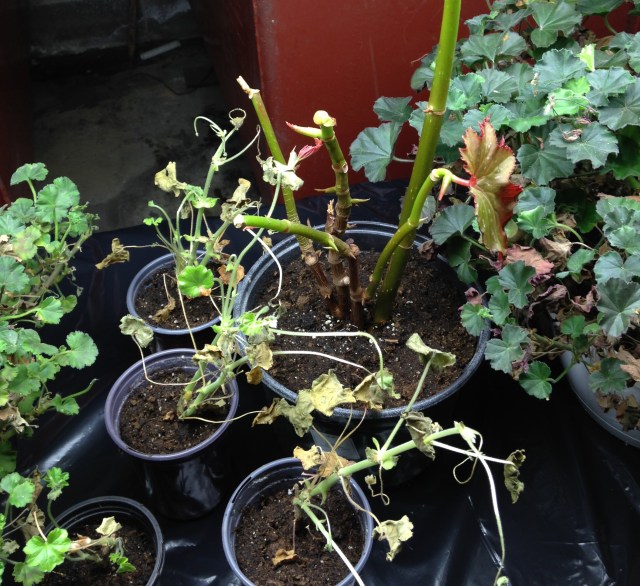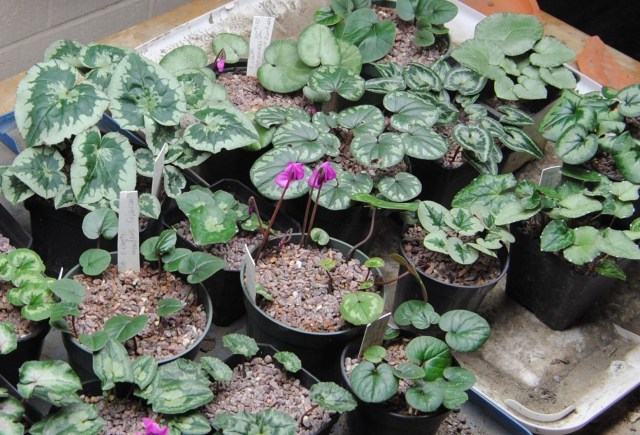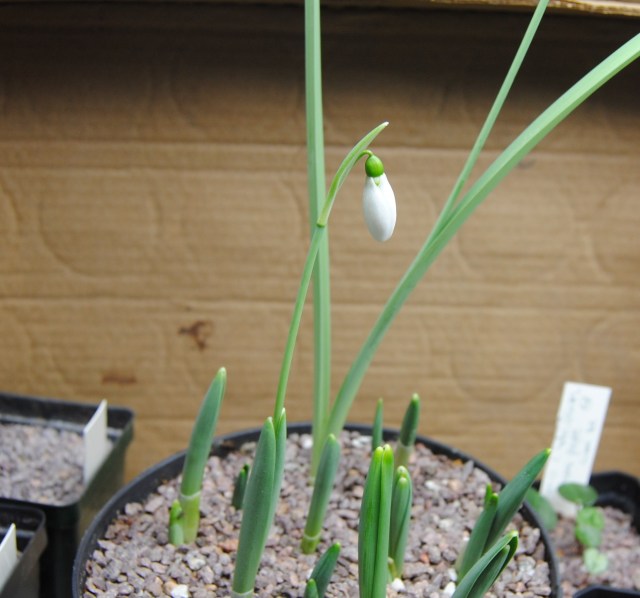I swear Halloween was yesterday yet here we are already two weeks into the next month. Usually autumn is the season of painfully slow decay and death, a ‘stick season’, but over the past few years I’ve been developing a new appreciation for all the optimistic plants which take the cooler temperatures and run with them. Cyclamen come to mind, Cyclamen hederifolium in particular, and when cyclamen come to mind Edgewood Gardens also comes to mind, and when you’re that far into it what better than to hop in the car for an early November visit the see the gardens in person and visit with Dr Lonsdale?
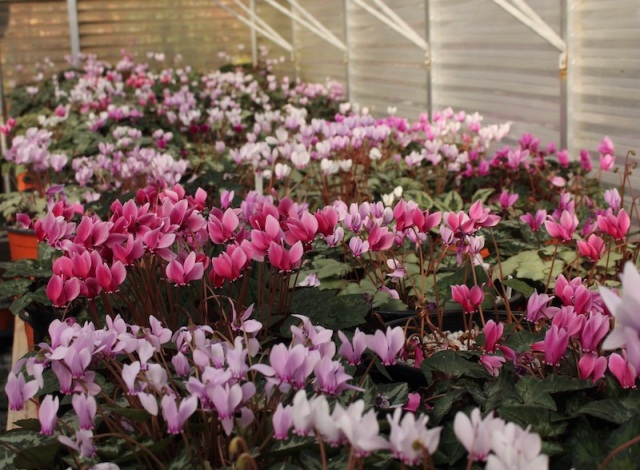
Outside the cyclamen were wrapping things up, but in the greenhouse the show was still going full throttle. What a rich range of colors in these potted Cyclamen hederifolium.
This Edgewood cyclamen visit was under the guise of meeting up with snowdrop crazies and spending an afternoon admiring the full-bloom show of thousands of autumn snowdrops, and that was exciting, but I forgot how nice the cyclamen can be. My mind was again buzzing with the idea of keeping even more cyclamen potted up and under cover, able to be appreciated in any kind of weather and easily rearranged and admired at eye level rather than on your knees. My own are doing well in a coldframe, but maybe a second or bigger coldframe is something to consider…

The flowers are a floral spectacle but the foliage patterns and shapes also hold their own. Narrow, marbled, purple-veined, pink-flushed… the variety is amazing.
I guess to be somewhat helpful I should mention that there are four fairly hardy cyclamen species which are somewhat easy to get a hold of and experiment with outdoors in the more Northerly zones. These are nearly all the fall-blooming Cyclamen hederifolium, but there is another fall-bloomer, C. cilicium, and there’s the early spring blooming C. coum, and the attractively evergreen, summer-blooming C. purpurascens. Of the four I believe C. purpurascens might be the hardiest with a zone 5 rating, but as with most plants, location and snow cover probably play a huge part in how well hardiness really plays out.

Only the best forms end up in pots in the greenhouse. Besides looking even better that way they also serve as mother-plants, hopefully setting seeds for the next generation of even better varieties.
Did I crack and add a new cyclamen? Of course, but strangely enough it was a non-hardy Cyclamen graecum which ended up in my hand. Why add any more carefree, outdoor varieties when you can add one which needs a frost-free spot all winter and protection from rain all summer and will quickly die if you mess up? Message me if you know the answer…
And did I mention there would also be snowdrops?
Okay, so maybe I was also excited about other things. There was excellent company for the afternoon and more snowdrops than one would think would flower in November. We spent quite some time looking and talking about snowdrops and plants in general. Not bad at all.

Even more snowdrops, this time in the afternoon glow of a lowering sun. Days like this always end much too quickly.
So again, in a weak attempt to be useful, most people are familiar with the early spring blooming types of snowdrops (Galanthus), but other species and forms exist. For this visit we were catching the down side of the Glanthus reginae-olgae season, but the peak of the G. bursanus season. From what I know they are both strictly fall-blooming species (ok, r-o does have a spring blooming subspecies…) but there are others which straddle the line. Galanthus elwesii is mostly spring-blooming, but there are a bunch which begin in the fall or early winter and quite a few of them were also showing on this visit…. plus some G. peshmenii and quite a few G. cilicius (which may not be hardy enough for most Northerners) and I guess that’s about it and I apologize for going on again.

The next generation of cyclamen. Just imagine the joy of potting up every. single. last. one. of these.
Did I crack and buy a new snowdrop? Strangely no. I’m just that responsible and frugal that I resisted completely. That and college visits have been happening, and apparently prices have gone up and between that and a home remodel I have decided I’m broke… or rather my wallet told me and I’ve only just now recently received the message.

Be fruitful and multiply! That’s what I whispered to this amazing combination of dark flowers and silvery foliage.
The reality of my own autumn snowdrop successes is another thing which poured cold water on my delusions of pregaming the winter snowdrop show. For as much as the hardiness and tenacity of fall blooming snowdrops has impressed me, the frequency of failure in these fall wonders has kept me from diving in too deep. A case in point is my amazing little clump of G. peshmenii (but probably really G reginae olgae) which over maybe six years had gone from a single bulb to at least nine flowers last year. This year it’s nothing. “going back” is the term I’ve heard for clumps which go from excellent to nearly dead in the span of a year, and I’m going to guess some bacteria or fungus got in there this summer and that’s why. Fortunately there are a few bits of foliage finally coming up, and I hope in another six years I might be back to 7 or eight blooms… unless these weak leaves are one last show just to say goodbye… in which case I hope they get a move on it because I’m not getting any younger.

A struggling Galanthus reginae olgae clump. Maybe there’s a rotted flower stalk visible which would indicate some kind of botrytis or stagonospora infection, but of course that doesn’t matter since I’m not ready to douse my plants with fungicides and will just hope for the best.
So my best clump has almost died out and to be honest every other snowdrop up already has been chewed to the ground by slugs. Silly me, I didn’t put slug pellets down, right? Well that’s because slugs are rarely a problem here so who would think to do that? At first I thought some ignorant bunny or bird was snipping off blooms, but after the fourth or fifth clump was wiped out I finally figured it out, and now I own my first box of slug pellets and I’m not afraid to use them.

Perhaps the giant deciduous leaves of Magnolia macrophylla aren’t a good pairing for fall snowdrops but G. elwesii ‘Barnes’ found a big enough gap to come up through.
So maybe the later fall snowdrops will have more success. The fall Galanthus elwesii are starting, and although they often suffer terribly from sudden blasts of arctic weather, they also seem to forgive and forget, unlike the G. reginae olgae which seem to hold a grudge and enjoy being spiteful. Even rotten, mushy leaves in January don’t necessarily mean death for the G. elwesii, they sometimes pop up the next fall as if they were just kidding about the being dead thing.

‘Hoggets Narrow’ is probably my favorite fall blooming Galanthus elwesii. I love the long form and the grace of the blooms, and even if he likes to die dramatically each year from some hard mid-winter freeze, he still comes up again in the fall. I’m pleased there are two blooms this year.
Sorry. This is probably all too much snowdrops for November so here’s the rest of the garden.

My first year with Ajania pacifica, a chrysanthemum relative from Eastern Asia. I’m looking forward to seeing it grow into a nice big clump of neat foliage and bright yellow November buttons.
Last blooms, changing foliage colors, and a billion end of year chores. We had our killing frost, and although it’s warmer again and will likely stay that way for a while I’ll probably need all that time to get even somewhere close to everything done.
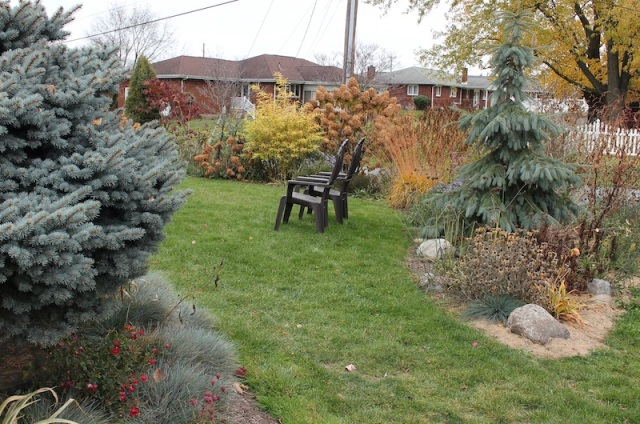
I suddenly have evergreen structure for the winter. Tiny little nubbins have gained presence and with the grass still green it’s a nice view as everything else goes into hiding.
I did manage to finish the dirt moving. The dream was a November finish line and I was as shocked as anyone to see it really worked out. Things are too late to do much planting, but I’m dumping grass clippings over the bare soil and throwing down some grass seed to mix in and hopefully something comes up first thing next spring. If it does, it does, and I have too much cleanup to do to overthink it too much other than to remember how much grass I’ve weeded out of flower beds. Grass is my worst weed, so I can’t imagine having to try too hard to get it to grow on purpose.

Remember the tulips I dug? In a moment of revelation I realized planting tulips was more satisfying than seeding grass so why not just call it a new bed and stick the bulbs there?
Moving dirt is hard work and requires many rest breaks. During some of the rest breaks stupid ideas germinate, and before you know it you’re digging up a sad little boxwood hedge and framing out a new tulip bed and then you might as well frame up a new tropical bed or daylily farm while you’re at it. A useful fact is that November is pretty late to be carelessly ripping up boxwood and popping it in elsewhere but I’m sure you knew that just like I do, and I also know I shouldn’t still trim the boxwood since it will likely freezer-burn the fresh cuts when it gets cold, but how can I stand looking at a rollercoaster top of the hedge when it should be level? I guess it settled very unevenly after I replanted it last spring.

Here’s the question… the bare soil will become yet another bed, and I want to line it on one or two sides with boxwood. Too much? Or just a nice try at more winter interest?
So when is too much boxwood too much? Boxwood blights and boxwood caterpillars are going to reach this garden someday, but not today, and perhaps I should just have my fun while I can, but someday I can see regretting not being more proactive. To be clear, I’m really not adding anything, just moving hedge I already have but maybe I’m missing a chance to try something new.
Maybe crushing all these decisions into the last un-frozen weeks of 2023 is also not the best process, but I really need to clear out my spring calendar for snowdrops, so better to get this out of the way now. Oops, there’s that snowdrop thing again, sorry. I shall try to make it longer next time without mentioning them. Have a great week 😉




















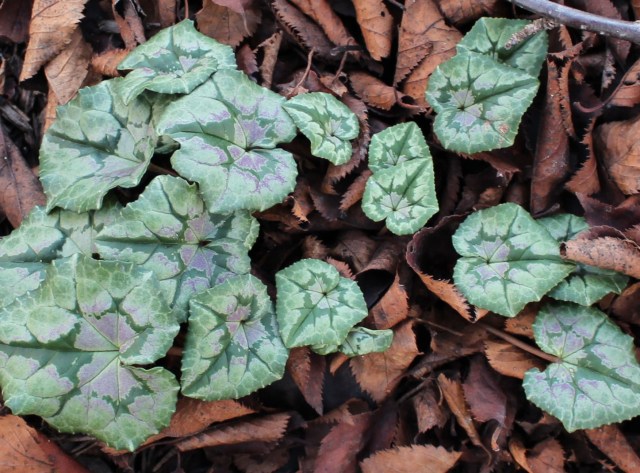













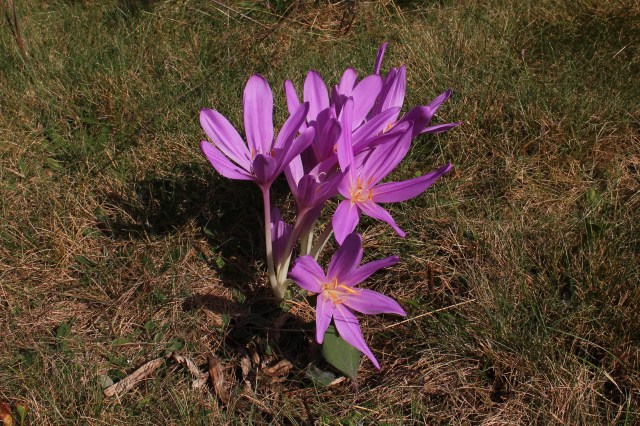








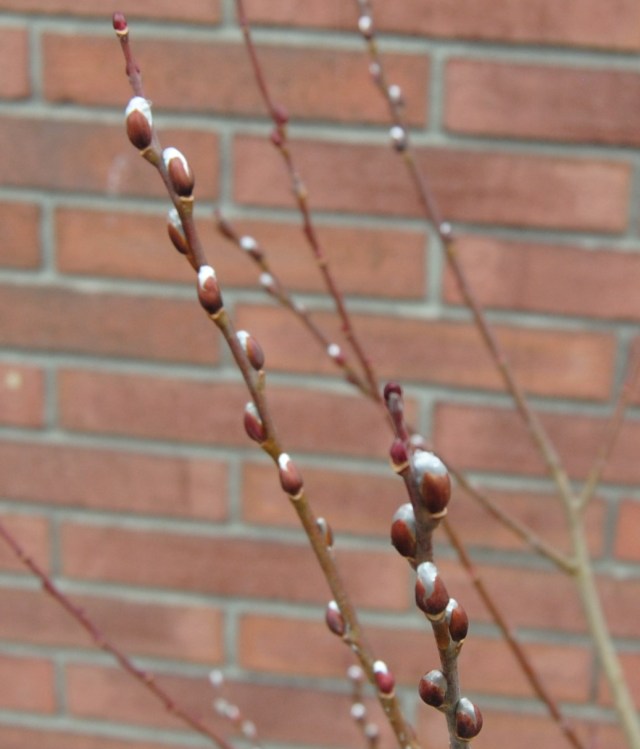






 Sure they would be hardy outdoors under the snow, but to see them blooming now is twice as nice, even though they have suffered more than ever this winter under my neglectful care. Most are unnamed mixed seed, but the darker, smaller bloom is from the Meaden’s Crimson seed strain.
Sure they would be hardy outdoors under the snow, but to see them blooming now is twice as nice, even though they have suffered more than ever this winter under my neglectful care. Most are unnamed mixed seed, but the darker, smaller bloom is from the Meaden’s Crimson seed strain.







